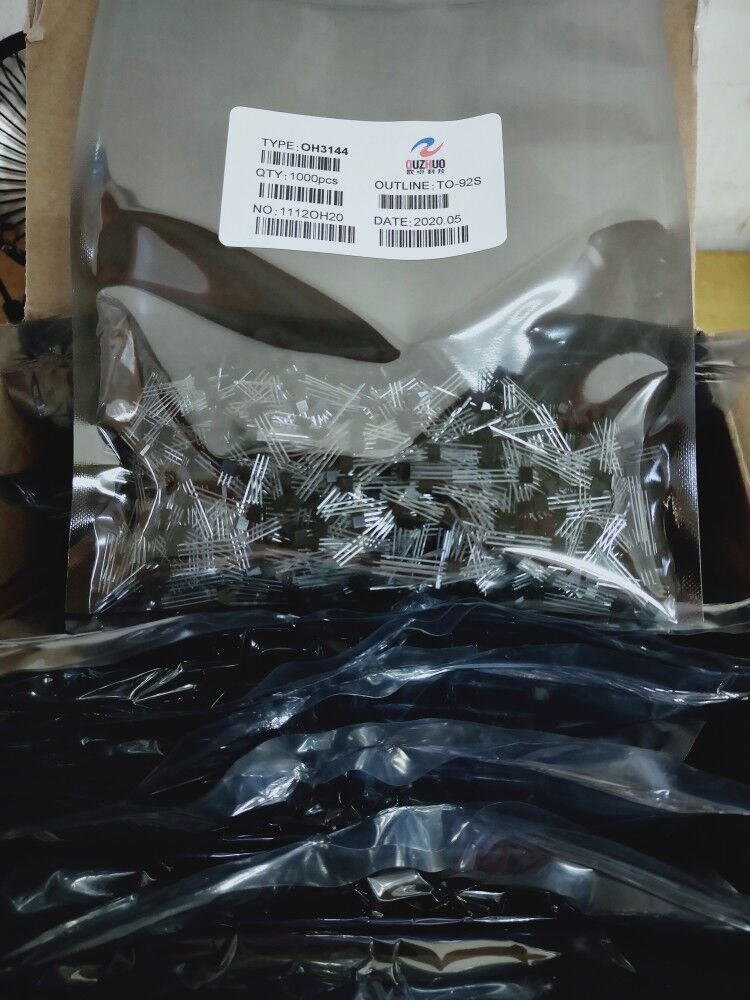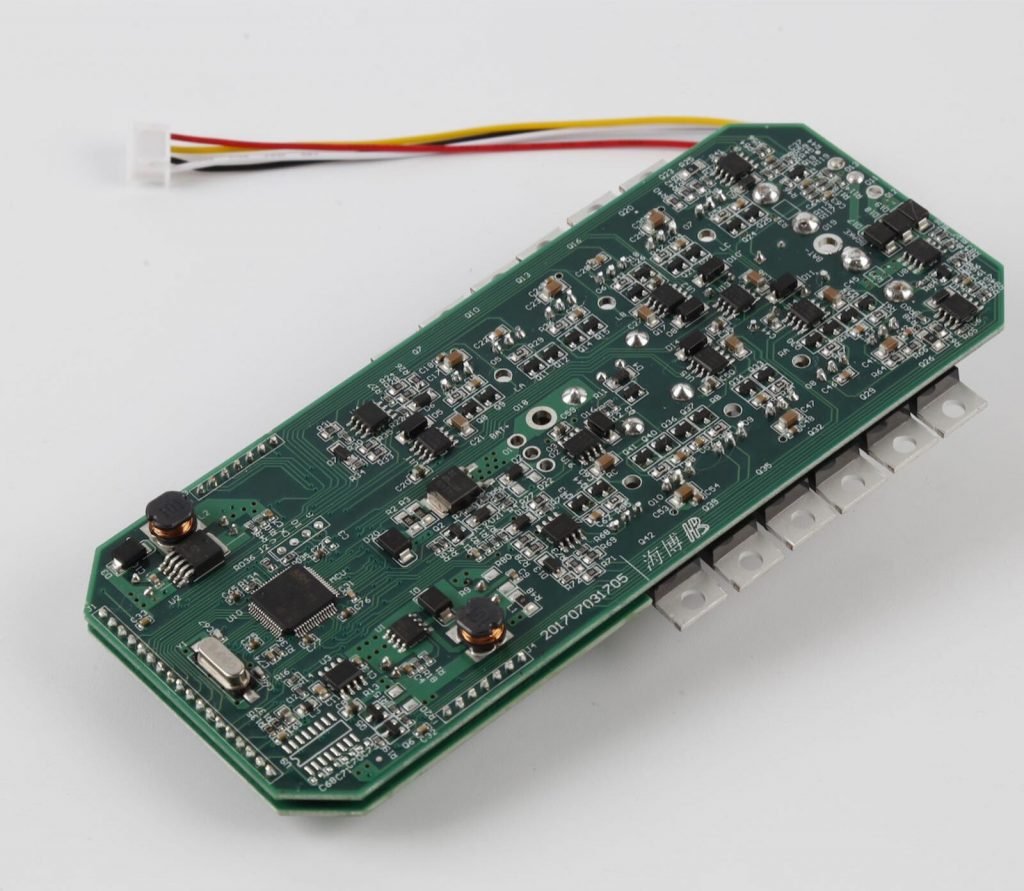FAQ
Emergency Call - 24/7
- +1 514 995 5788
Frequently Asked Questions
There may some frequently asked questions about Ouzhuo and OHHALLSENSOR, as well as some information about Magnetic sensor manufacturers. Let’s check the bellow answers for your reference.
General Questions
The Hall effect was discovered by Edwin Hall in 1879, which defines the relationship between the magnetic field and the induced voltage. If the biased Hall element is placed in a magnetic field with flux lines at right angles to the bias current, the voltage output changes in direct proportion to the magnetic field’s strength. As the magnetic field increases, the Hall voltage also increases. People call this voltage the Hall voltage. This phenomenon is called the Hall effect.
About 100 years after the discovery of the Hall effect, German physicist Klaus von Klitzing (1943-) discovered the integer quantum Hall effect while studying semiconductors in extremely low temperatures and strong magnetic fields. After that, Chinese Americans Physicist Cui Qi (Daniel Chee Tsui, 1939-), American physicists Laughlin (Robert B. Laughlin, 1950-) and Störmer (Horst L. Störmer, 1949-) study quantum in a stronger magnetic field The fractional quantum Hall effect was discovered during the Hall effect. The half-integer quantum Hall effect in graphene was discovered in 2005, and the quantized spin Hall effect was discovered in 2007. The quantum anomalous Hall effect makes it possible to apply the quantum Hall effect under zero magnetic field conditions. These effects may play a special role in future electronic devices and can be used to prepare low-energy high-speed electronic devices.
The Hall effect ICs made according to the Hall effect uses the magnetic field as the working medium to convert the motion parameters of the object into the form of digital voltage output, so that it has the functions of sensing and switching.
Hall-effect ICs combine Hall voltage generators, signal amplifiers, Schmitt trigger circuits, and transistor output circuits on a single integrated circuit chip. The output is clean, fast, and switched without bounce.
We use The Hall effect ICs to monitor and measure position, displacement, angle, angular, velocity, rotational speed, pressure, quality, liquid level, velocity, and flow. By detecting changes in the magnetic field, Hall effect ICs convert them into electrical signal output.
You could find them in the following applications:
- ignition systems,
- speed controls,
- security systems,
- alignment controls,
- micrometers,
- mechanical limit switches,
- computers,
- printers,
- disk drives,
- keyboards,
- machine tools,
- key switches,
- pushbutton switches.
They are also used as tachometer pickups, current limit switches, position detectors, selector switches, current sensors, linear potentiometers, rotary encoders, and brushless DC motor commutators.
Hall effect ICs are small but essential. They contribute to simplify and improve electrical and mechanical systems.
- A Hall effect IC is used in the high accuracy, long time, and compact designs of various systems and costs less than many standard electromechanical switches.
- A Hall effect IC is contactless and magnetically activated, suitable for use under severe service conditions.
- A Hall-effect switch operates typically at up to a 100 kHz repetition rate; it directly interfaces with the electronic control unit.
In a word, the hall ICs are sensitive and provide reliable, repetitive operation in close-tolerance applications.
Click edit button to change this text. Lorem ipsum dolor sit amet, consectetur adipiscing elit. Ut elit tellus, luctus nec ullamcorper mattis, pulvinar dapibus leo. Proin gravida nibh vel velit auctor aliquet. Aenean sollicitudin, lorem quis bibendum auctor, nisi elit consequat ipsum, nec sagittis sem nibh id elit. Duis sed odio sit amet nibh vulputate cursus a sit amet mauris. Morbi accumsan ipsum velit.
Nam nec tellus a odio tincidunt auctor a ornare odio. Sed non mauris vitae erat consequat auctor eu in elit. Class aptent taciti sociosqu ad litora torquent per conubia nostra, per inceptos himenaeos. Mauris in erat justo.

Services Info
Sure! We would be happy for you to test and evaluate our products. Please contact us sale@ohhallsensor.com. Or select the product, use the inquiry function in the shopping cart and send it to us.
Hall ICs are packaged in bulk and trays, usually TO-92, 1000 pcs/ bag, SOT89, 1000 PCS/reel, SOT23, SOT23-3, SOT143, 3000 PCS/reel. Considering their size and value and various fixed costs in the transaction, we hope that MOQ is 10000 pcs/lot.
But we know all businesses grow from small; we are supporting trial orders with less than MOQ when needed.
We hope to shorten your waiting time. Under normal circumstances, we have sufficient inventory. The delivery time is 7 days. If your demand is relatively plentiful or in the busy season, the delivery time is about 20-30 days. Subject to the confirmation at the time.
Because of the small size of our products, we generally use air express to your company. Such as DHL, FEDEX, UPS, EMS. You can also specify the place of delivery or the shipping company.

Technical Questions
It depends on your application requirements: how much magnetic field to detect, what output signal is needed, how much working voltage can be provided, what is the working temperature, and the amount of space for installation. Please download our selection guide.
We have prepared a video about measuring a hall sensor easily and quickly. You need a regulated power supply, a pull-up resistor, and a magnet.
The most common permanent magnet materials on the market are neodymium-iron-boron, ferrite, aluminum-nickel-cobalt, and samarium-cobalt. By far, the most popular type is the neodymium magnet.
Neodymium is known for having the highest flux density and resiliency to being demagnetized. Ferrites are known for being low-cost, but they have weak magnetic properties. Aluminum-nickel-cobalt has widespread use and has excellent temperature consistency. Samarium-cobalt is most similar to neodymium, but it has better temperature consistency and supports far higher temperatures.

Samples Request
If you have never tested and tried them, then you will never know about them! We have prepared samples for you.


